In recent years, the debate between acrylic mirror sheets and traditional glass mirrors has gained significant attention among interior designers, DIY enthusiasts, and homeowners looking to add a modern touch to their spaces. With the emergence of acrylic plexiglass mirrors as a popular choice, it’s essential to delve deeper into their advantages, applications, and how they compare to their glass counterparts.
Acrylic mirrors most align with Scandinavian design values of simplicity, minimalism, and functionality, making the lightweight, shatter-resistant properties of acrylic mirrors a perfect fit. Read on to find out why…
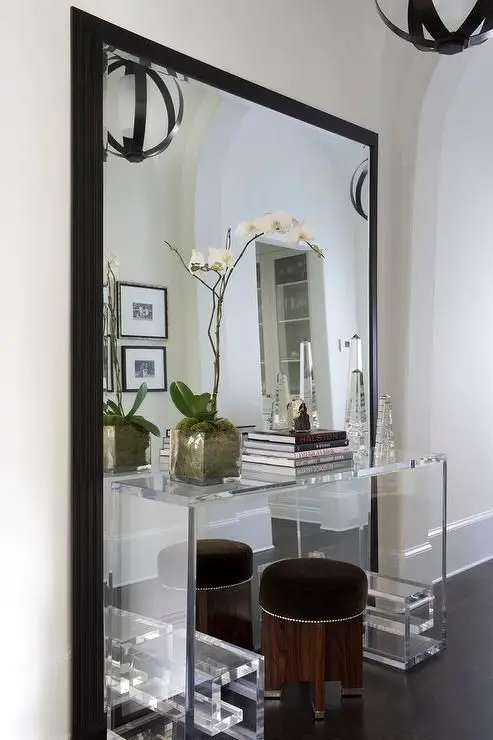
Key Differences and Advantages
Acrylic Mirrors
Acrylic mirror sheets, made from lightweight and versatile acrylic materials, offer a compelling alternative to traditional mirrors. One of the key benefits of acrylic mirrors is their light weight compared to the heavier weight of glass, making them easier to handle, install, and transport. This feature is particularly beneficial for large installations or where the structural support might be a concern.
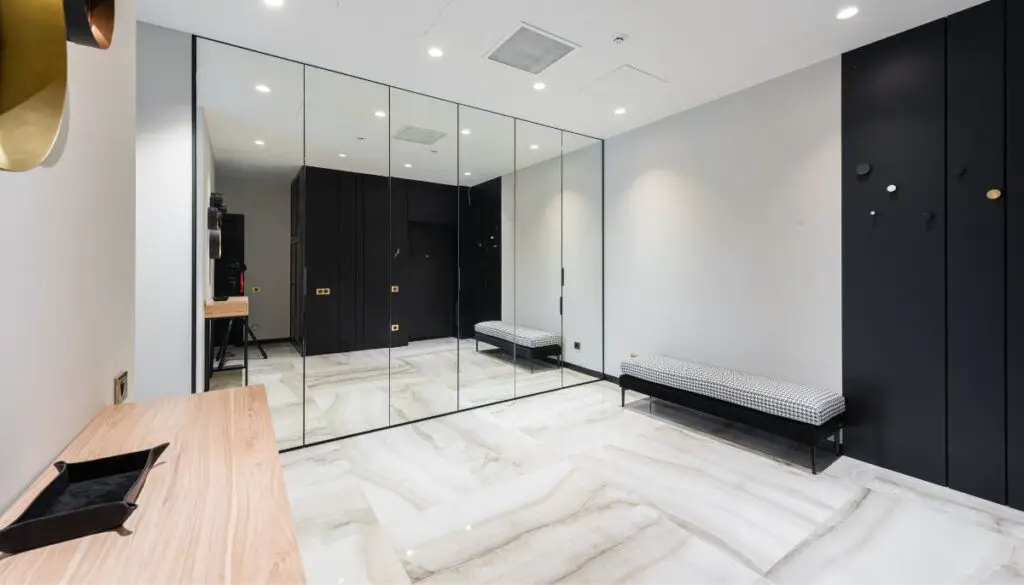
For cleaning and maintenance, using a micro-fiber cloth is recommended to maintain the reflective surface without risking scratches. Acrylic mirrors can be easily cleaned with a soft cotton cloth and clean water, ensuring their perfect reflection and clarity are preserved over years of use.
Beyond acrylic mirror sheets, polycarbonate mirrors are another type of mirror that offer enhanced durability and impact resistance, making them an excellent choice for high-traffic environments, public areas, and specialized applications like dance studios and home gyms.
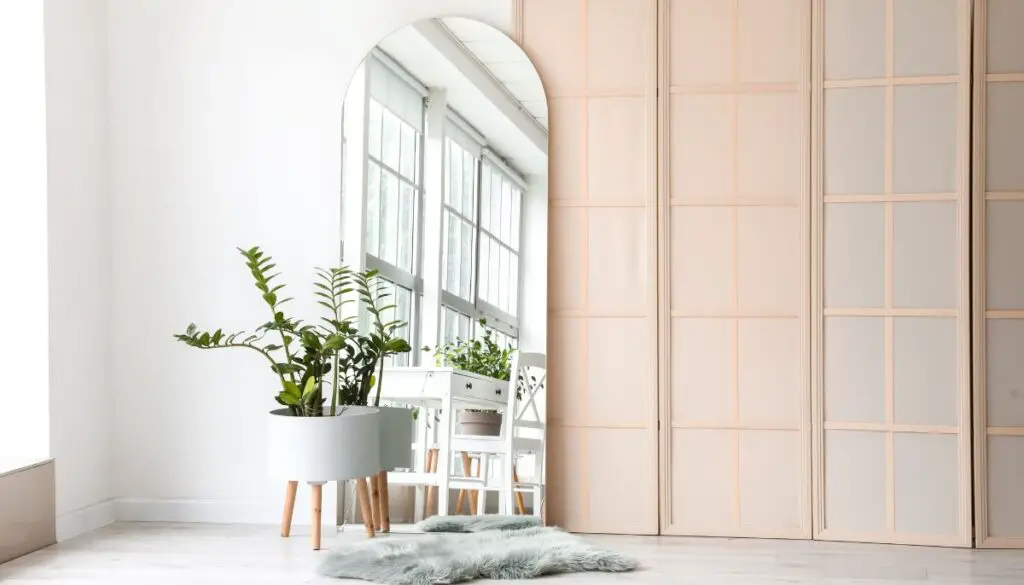
While both acrylic and polycarbonate are plastic mirrors with shatter-resistant qualities, choosing the right choice depends on specific needs such as impact resistance, flexibility, and environmental exposure.
Use of acrylic mirrors
In DIY projects and decorative applications, acrylic plexiglass mirror and polycarbonate mirrors provide custom size options and a variety of applications. Whether it’s for bathroom mirrors, home gyms, or funhouse mirrors, these materials offer a safer option than regular glass mirrors, especially in homes with children or in public areas where safety is paramount. Their greater impact, resistance and lightweight make them the better option for innovative projects and installations.

Moreover, acrylic mirror sheets can be saw cut or laser cut-able into different shapes and sizes, offering versatility for custom designs and DIY home improvement projects. The use of acrylic mirrors in various settings, including shopping malls and decorative applications, showcases their adaptability and modern look.
For those looking to add a borderless smart mirror or a mirror acrylic sheet with a variety of colors to their decor, acrylic provides a great alternative with its fine surface scratches and scratch removal capabilities, extending the life of the mirror and ensuring it remains a reflective quality centerpiece.
Glass Mirrors
Glass mirrors, with their classic and timeless appeal, offer an unmatched level of reflectivity and clarity that has been cherished in interior design for centuries. The inherent properties of this base material give it a brilliant shine, positioning regular glass mirrors as the quintessential choice for enhancing the aesthetic appeal of any space. These mirrors excel in decorative applications, where their ability to reflect light and color with unparalleled clarity brings life and dimension to rooms.
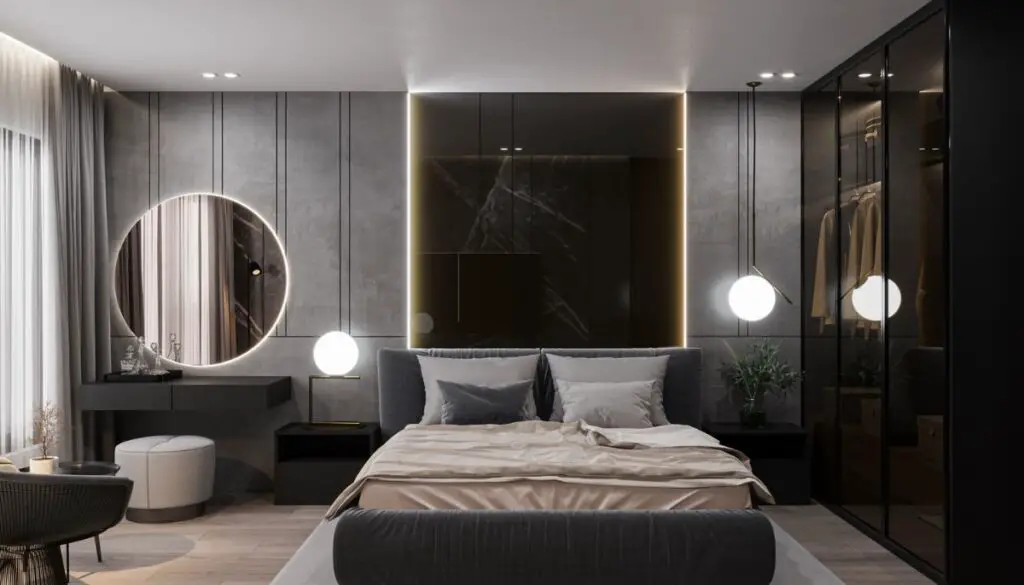
However, despite their visual appeal, glass mirrors carry certain limitations and considerations. They are inherently heavier and more fragile, which increases the risk of breaking upon impact. This characteristic necessitates extra care in handling, transportation, and installation, particularly in public spaces where safety cannot be compromised.
The rigidity of glass mirrors also limits their versatility, making them less suitable than acrylic sheets or polycarbonate mirrors in situations requiring a degree of flexibility or impact resistance.
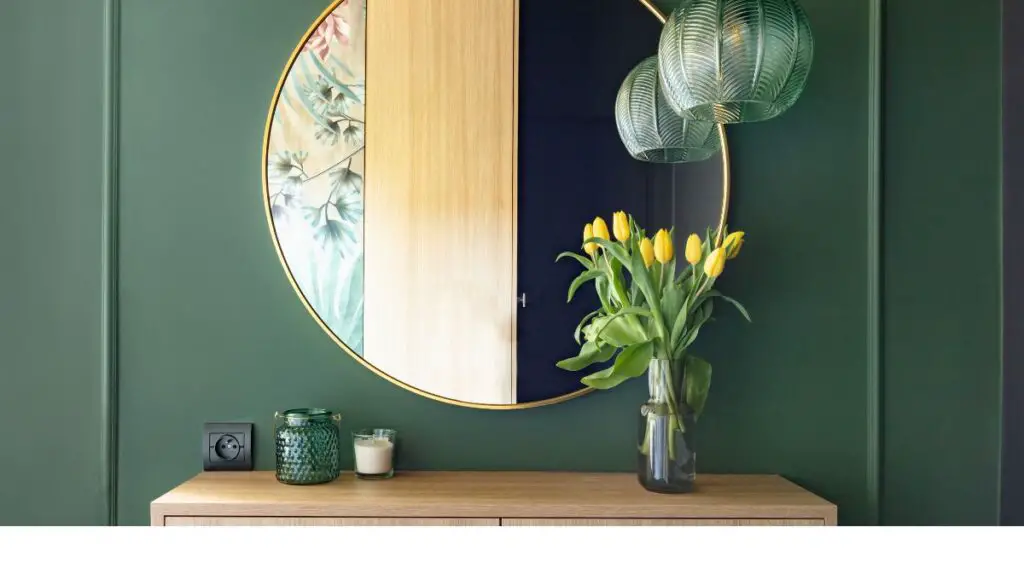
For cleaning, micro-fiber cloths can be used on glass to prevent streaks, whereas acrylic can benefit from simple maintenance with a soft damp cotton cloth and acrylic polish to maintain its shine. While glass mirrors are a great impact strength and ideal choice for traditional settings, the different options available in the form of acrylic and polycarbonate materials offer flexibility and safety features that are increasingly considered in modern interior design.
Comparative Analysis: Acrylic vs. Glass Mirrors
When comparing acrylic mirrors to real glass mirrors, it’s clear that acrylic offers a variety of advantages such as ease of installation with basic tools, break resistance, and the ability to withstand different applications without the need for extra precautions.
Moreover, the advent of acrylic smart mirrors and funhouse mirrors demonstrates the innovative use of acrylic in creating interactive and engaging experiences, further highlighting the material’s adaptability and utility in common applications.
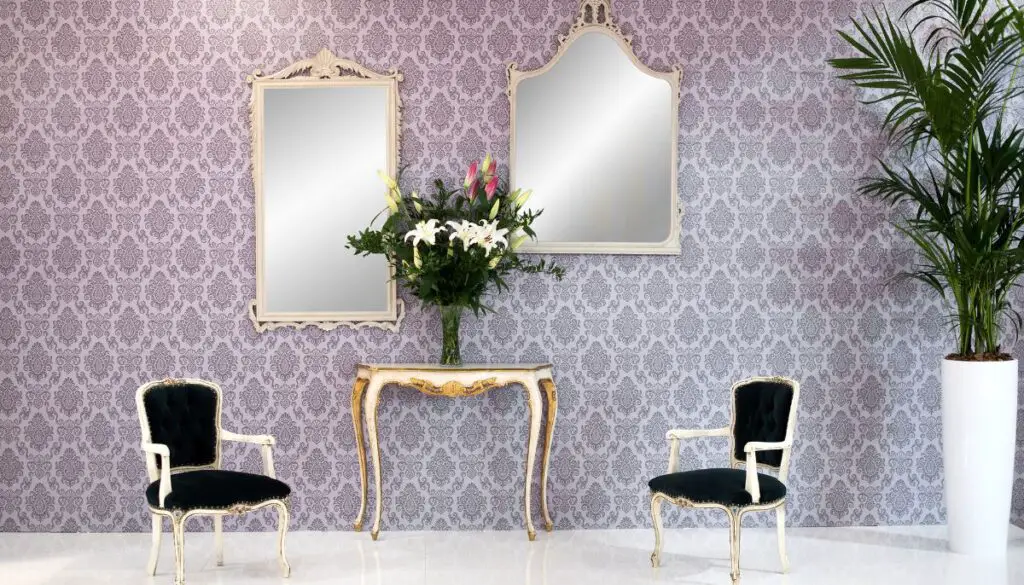
Whether used for practical purposes or as part of an artistic installation, the choice between glass and acrylic mirrors ultimately depends on the specific needs of the project, including considerations of weight, safety, and the desired aesthetic effect. Whether for a next project or as part of a decorative application, acrylic and polycarbonate mirrors stand out as solid materials that merge functionality with aesthetics.
- Durability: Acrylic mirrors outperform glass in terms of shatter resistance and impact durability. This makes acrylic a better choice for high-traffic areas or where safety concerns are paramount.
- Weight: Acrylic mirrors are significantly lighter than glass, simplifying transportation, handling, and installation processes.
- Cost: Generally, acrylic mirrors tend to be less expensive than their glass counterparts, primarily due to lower material and manufacturing costs.
- Reflectivity: Glass mirrors have an edge over acrylic when it comes to reflectivity, offering a clearer and more accurate reflection. Acrylic mirrors, while still providing a good level of reflectivity, may exhibit slight distortion in comparison.
- Maintenance: Both types of mirrors require regular cleaning to maintain their appearance. Acrylic mirrors can be cleaned with mild soap and water, while glass mirrors might need specific glass cleaners to avoid streaks.
Enhancing Scandinavian Style Interiors with Modern Mirror Choices
Incorporating the insights from the comparison between glass and acrylic mirrors into Scandinavian-style home decor can significantly enhance the aesthetic and functionality of the space. Scandinavian design values simplicity, minimalism, and functionality, making the lightweight, shatter-resistant properties of acrylic mirrors a perfect fit.
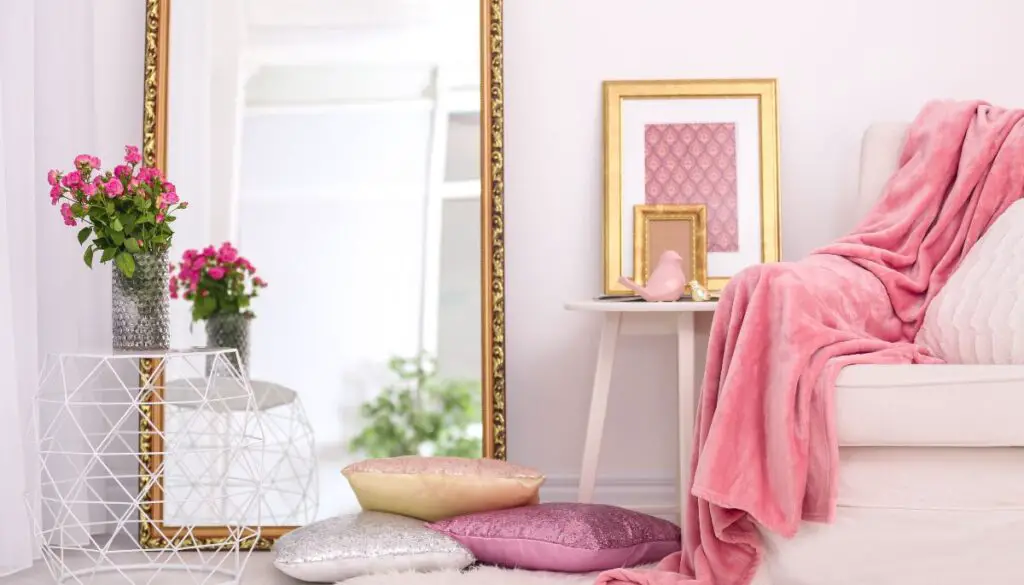
These mirrors can be used to create bright, airy spaces that reflect natural light, a hallmark of the Nordic aesthetic. Additionally, the safety and ease of installation of acrylic mirrors align with the practical, user-friendly ethos of Scandinavian interiors. By choosing the right type of mirror, homeowners can blend modernity with classic elements, ensuring their decor remains both stylish and functional.
Conclusion
Choosing between acrylic and glass mirrors depends on the specific requirements of your project or space. Acrylic mirror sheets and polycarbonate mirrors present a versatile plastic material choice that surpasses traditional glass mirrors in safety, durability, and ease of use.
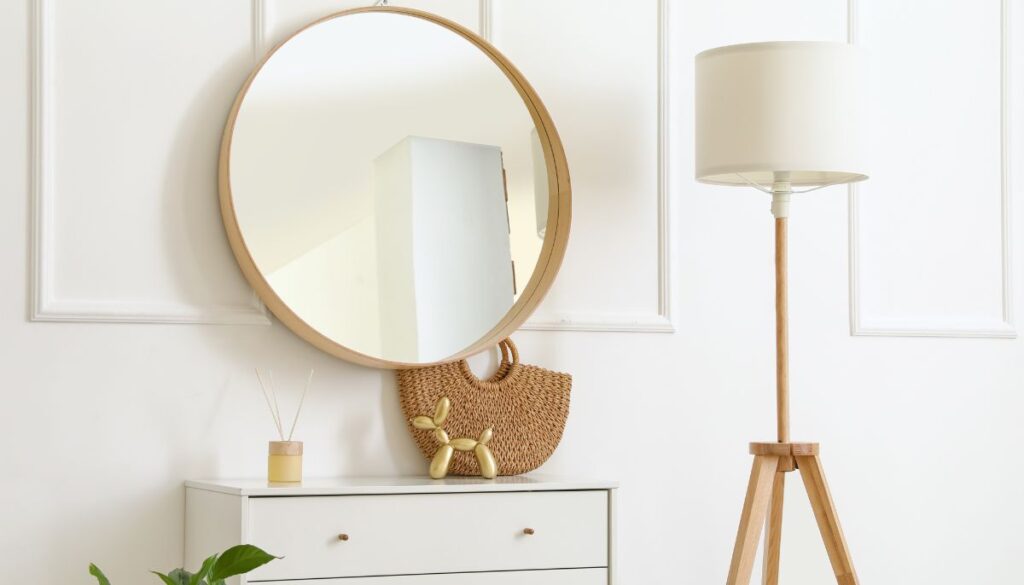
Whether you’re working on a DIY project, enhancing public areas, or seeking a safer alternative for home decor, these materials offer key characteristics of plexiglass acrylic mirrors that make them the best option for a wide range of applications. For more information on integrating mirrors into your design, explore “Exploring Blob Mirrors: The Rise of Scandi Style“.

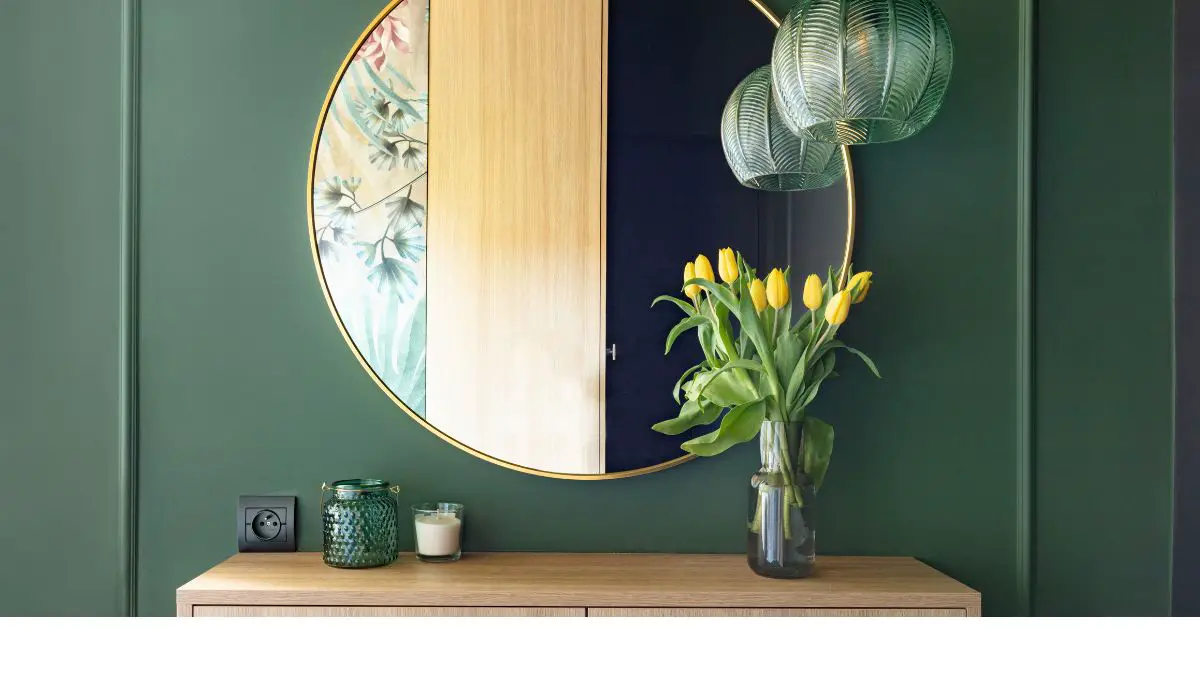
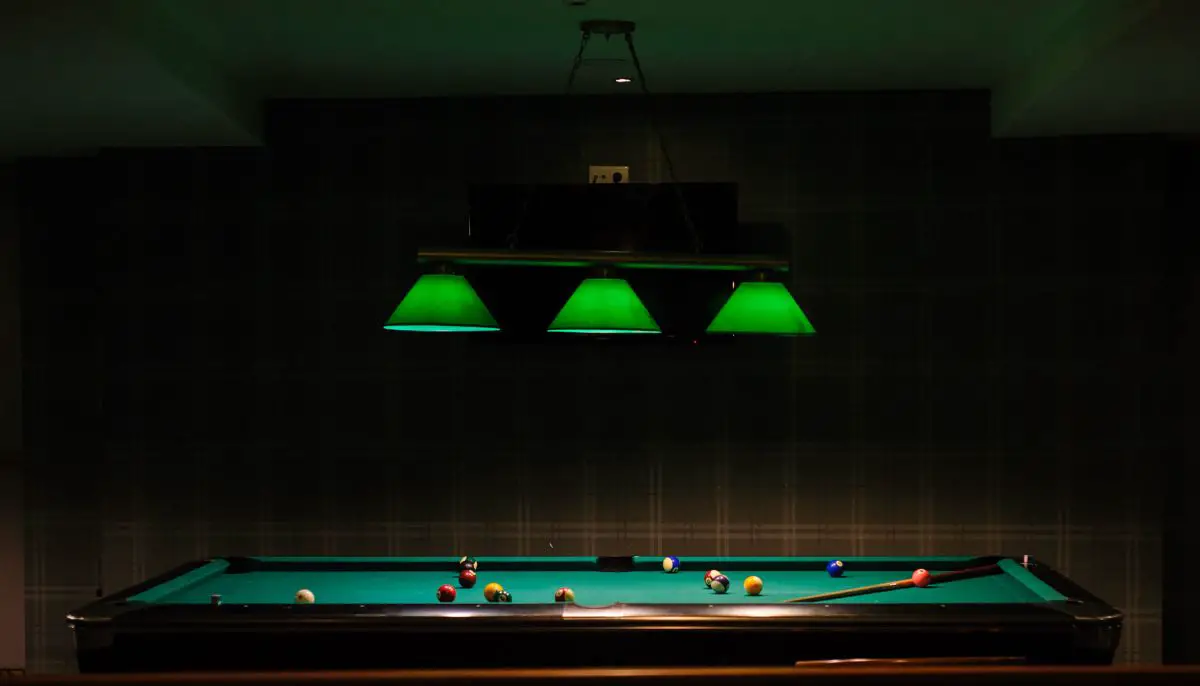
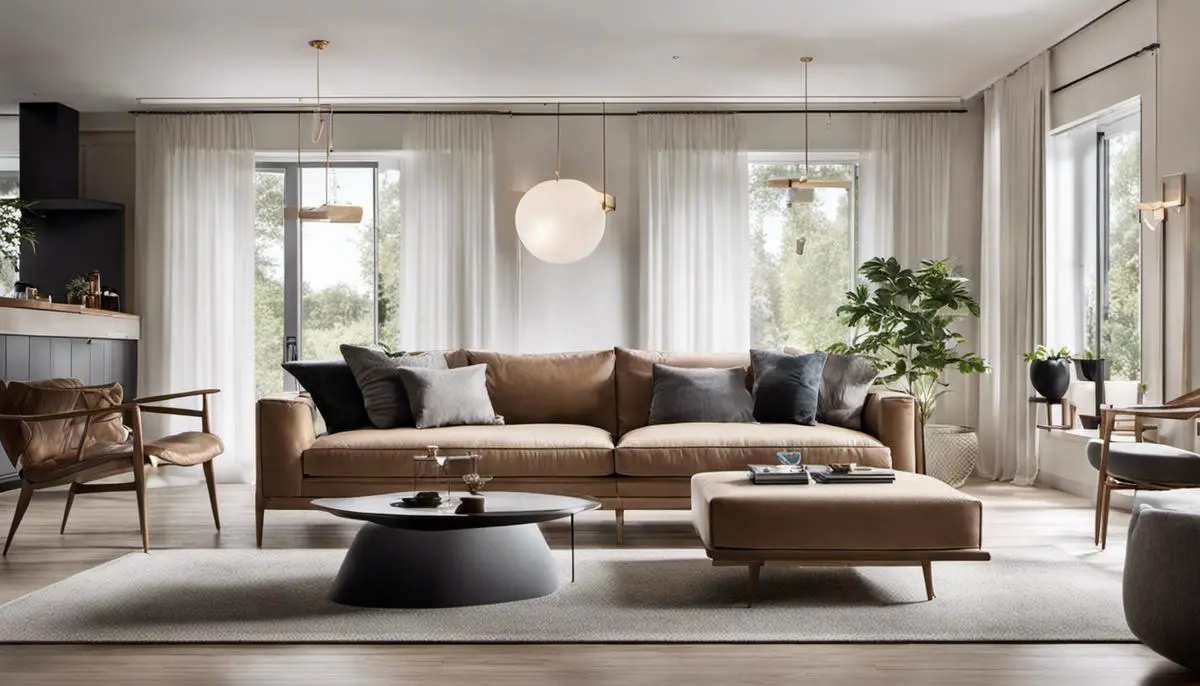

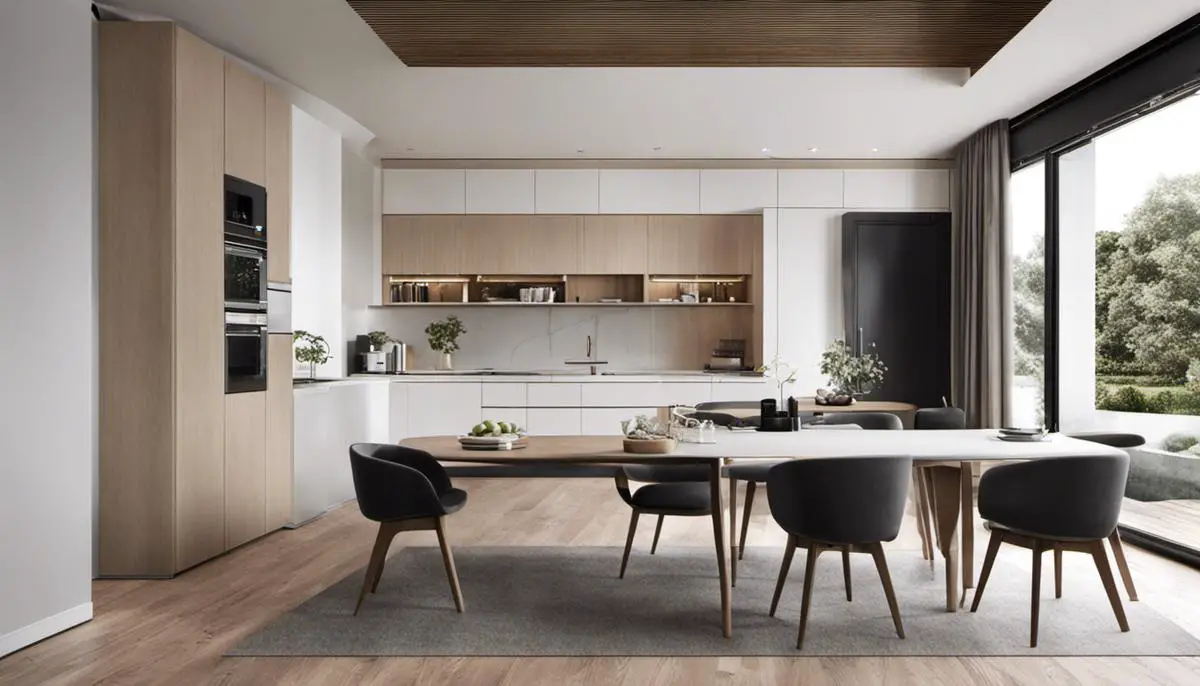
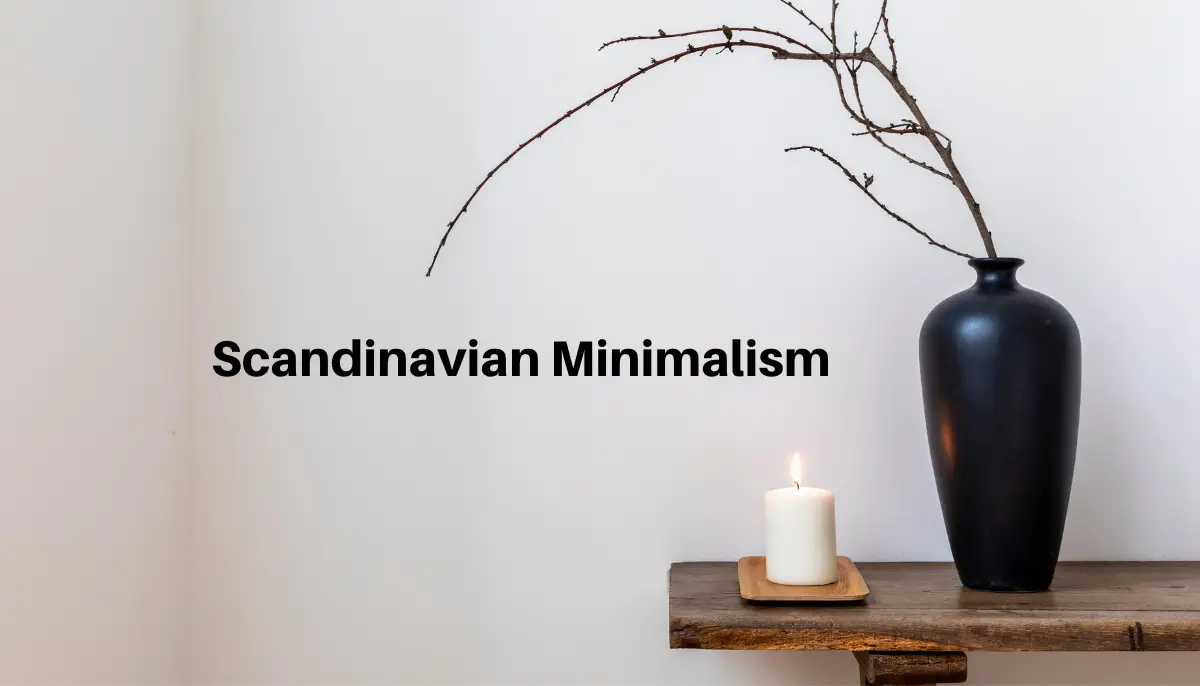
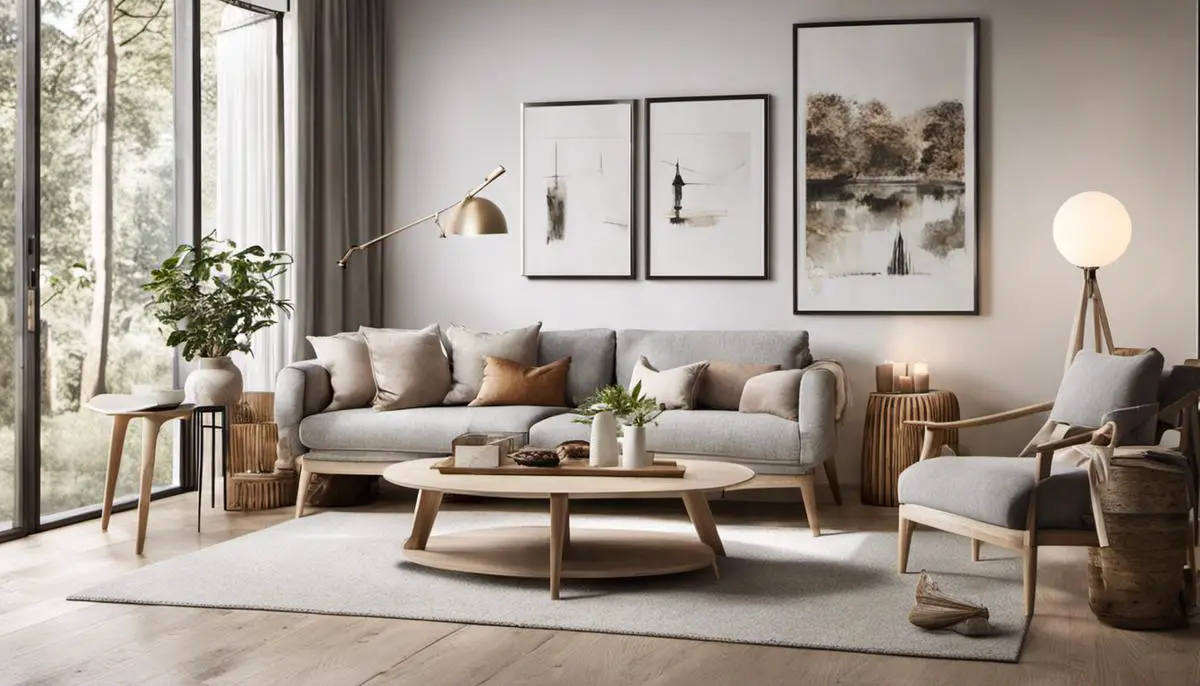
Leave a Reply